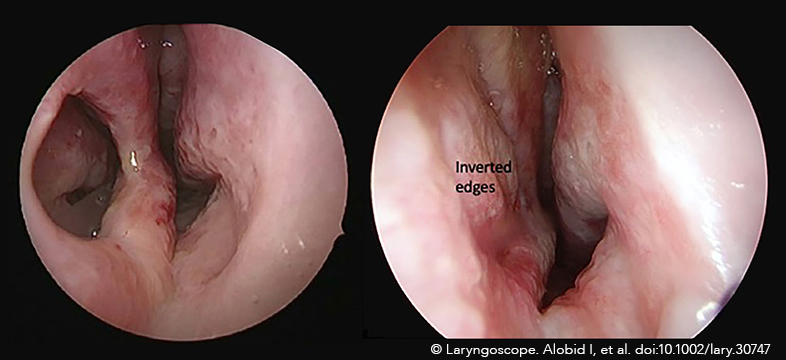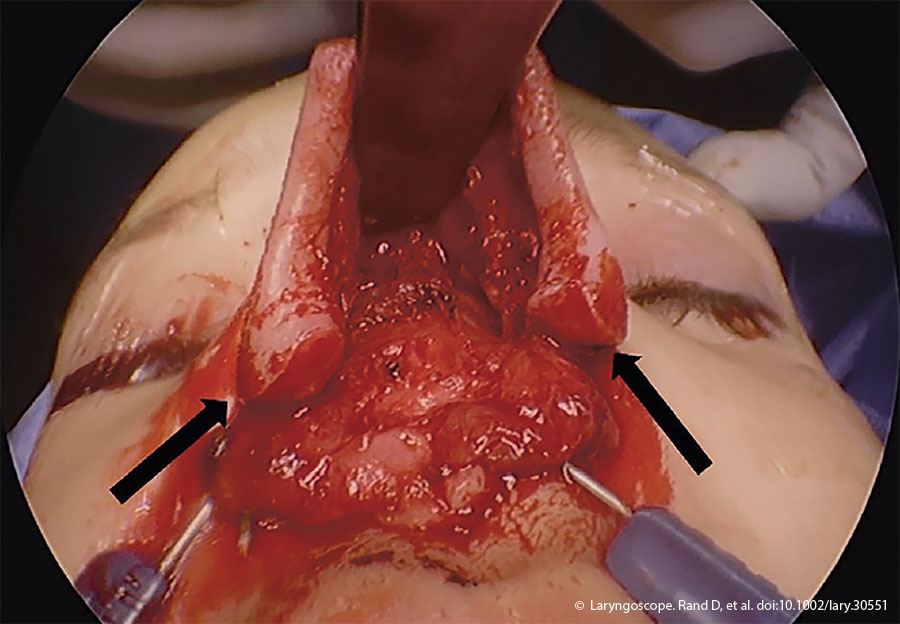A recent survey demonstrated that respondents had a similar preference for the endoscopic and external rhinoplasty approaches, followed by the endonasal approach.


A recent survey demonstrated that respondents had a similar preference for the endoscopic and external rhinoplasty approaches, followed by the endonasal approach.

Extended external rhinoplasty with bilateral marginal and alar base incisions provides access to the nasal part of the dermoid and excellent visualization of the anterior skull base for complete excision of large intracranial cysts in a cosmetically favorable manner.
Rates of prescription medication use for anxiety, depression, and ADHD did not significantly differ between cases and controls in patients undergoing functional or aesthetic rhinoplasty.
Functional outcomes play an important role in satisfaction and quality of life after rhinoplasty.

Available data suggest that complication rates of alloplastic implants are similar to those seen with autologous costal cartilage and may be acceptable in select patient populations.
Patients and physicians have two choices for minimally invasive rhinoplasty: injectable dermal fillers (sometimes called “liquid rhinoplasty”) and Latera.
Both septoplasty and rhinoplasty are associated with mostly mild pain, and postoperative opioid requirements are quite low.
Spare roof technique significantly improved patient quality of life regarding nose function and appearance.
Both septoplasty and rhinoplasty are associated with mostly mild pain, and postoperative opioid requirements are quite low.

Otolaryngologists Tom D. Wang, MD and Dean Toriumi, MD discuss the changing trends in rhinoplasty over the past decade, pinpointing what technologies have emerged and how this new knowledge has […]